Estimated reading time: 10 minutes
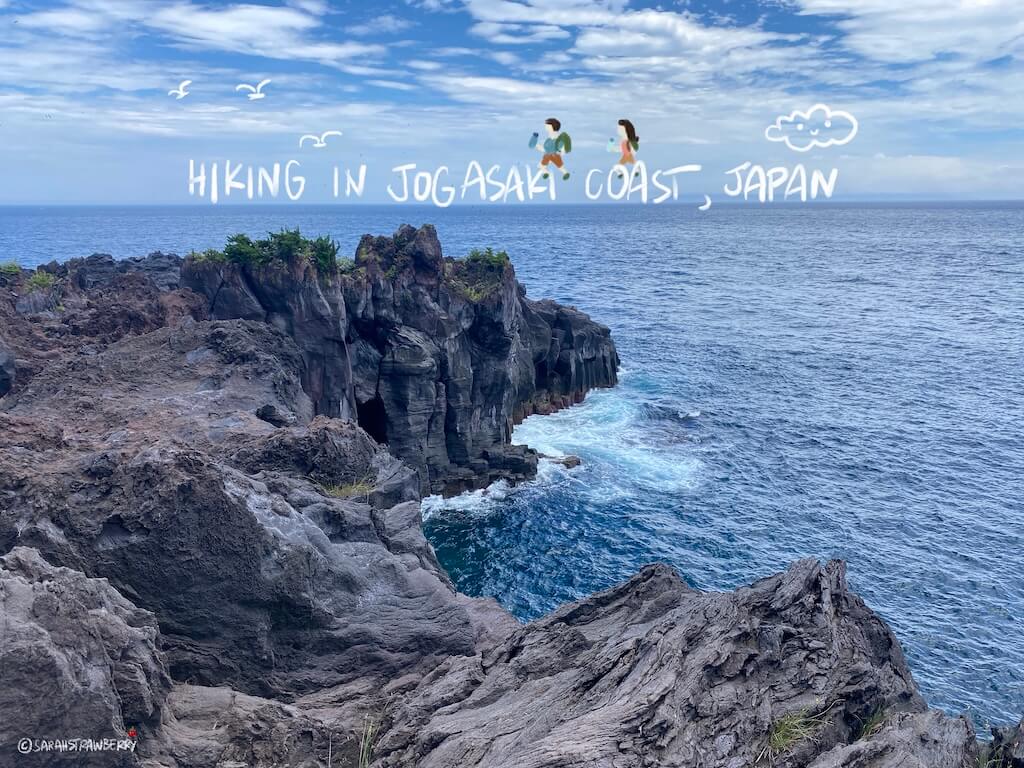
In desperate need for a nature break away from Tokyo? This hiking trail in the Jogasaki Coast is the best way to spend a pretty chill day trip. I can personally say that it is a worthwhile visit!
A coastal part of the Izu Peninsula Geopark, this volcanic rock-filled seaside trail is an absolute delight for nature-loving hikers, peaceful introverts, and day trip-seeking tourists.
Jogasaki Coast Overview
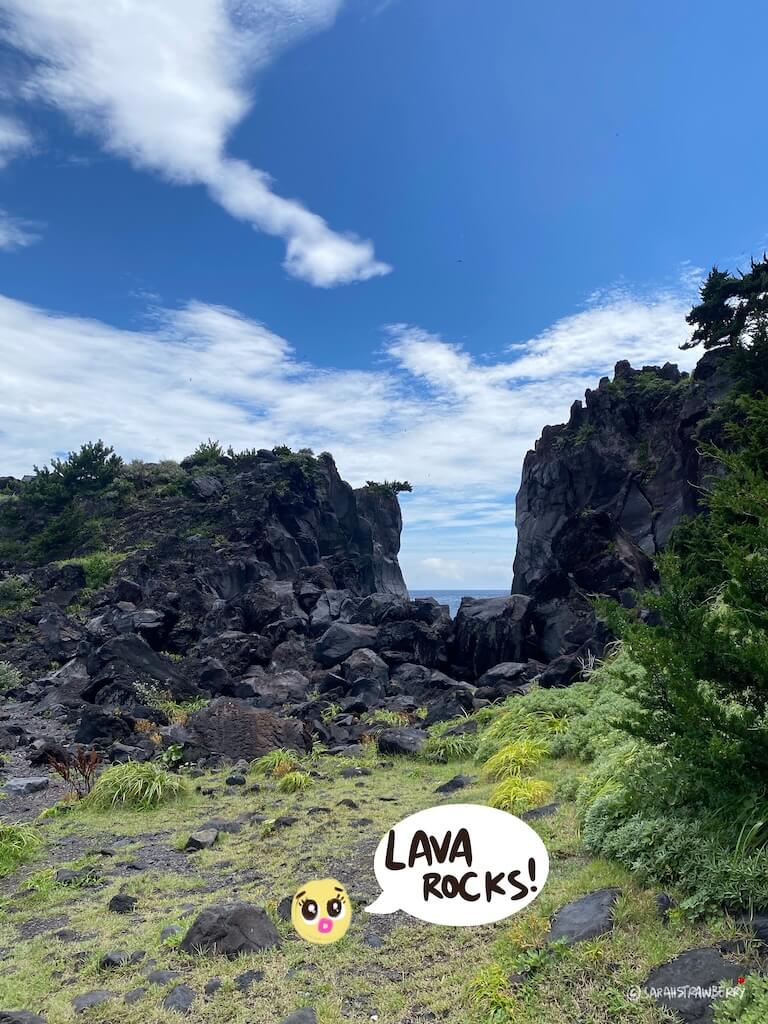
The beautiful Jogasaki Coast is famous for its volcanic rock formations overlooking a breathtaking view of the Pacific Ocean. The rugged stretch of coastline is formed by lava flow from the volcanic eruption of Mt Omuro (Omuroyama), a volcano in Eastern Izu. Do not worry, it is not an active volcano anymore- currently dormant.
Four thousand years ago, the hot lava contracts as it reaches the ocean and formed vertical columns that contrasts beautifully with the crashing waves. The natural phenomenon is called columnar jointing.
The jagged coastline is reminiscent of the Hawaiian coast with its dark lava rocks! The eastern side of the Izu Peninsula also has a view of the Oshima Island on a clear day.
Check Out My Video on Jogasaki Coast!
Things to Do in Jogasaki Coast
Hiking Trails

The Jogasaki Kaigan Trail is a 9-kilometer (5.6 miles) stretch along the Pacific Ocean. It is made out of two trails: Picnical Course and Jogasaki Nature Study Course. These trails pass by many attraction points, such as the Kadowaki suspension bridge and Kadowaki lighthouse.
There are many popular sightseeing spot along the beautiful coastline, and it can get crowded on weekends and public holidays. If you are seeking peace and quiet, consider going on a weekday.
There are two options in the hikes below: the coastal path and forest path. The forest route is shorter, but the coastal route has amazingly scenic sea view. You can hike both trails continuously for 2-3 hours, but there is also an option to hike just the Picnical Course.
From the Jogasaki-Kaigan Station, you first have to walk along the 109 Road to the trailhead at the Boranaya Restaurant. This walk takes 20-30 minutes and goes through a suburban neighborhood-like road.
Picnical Course
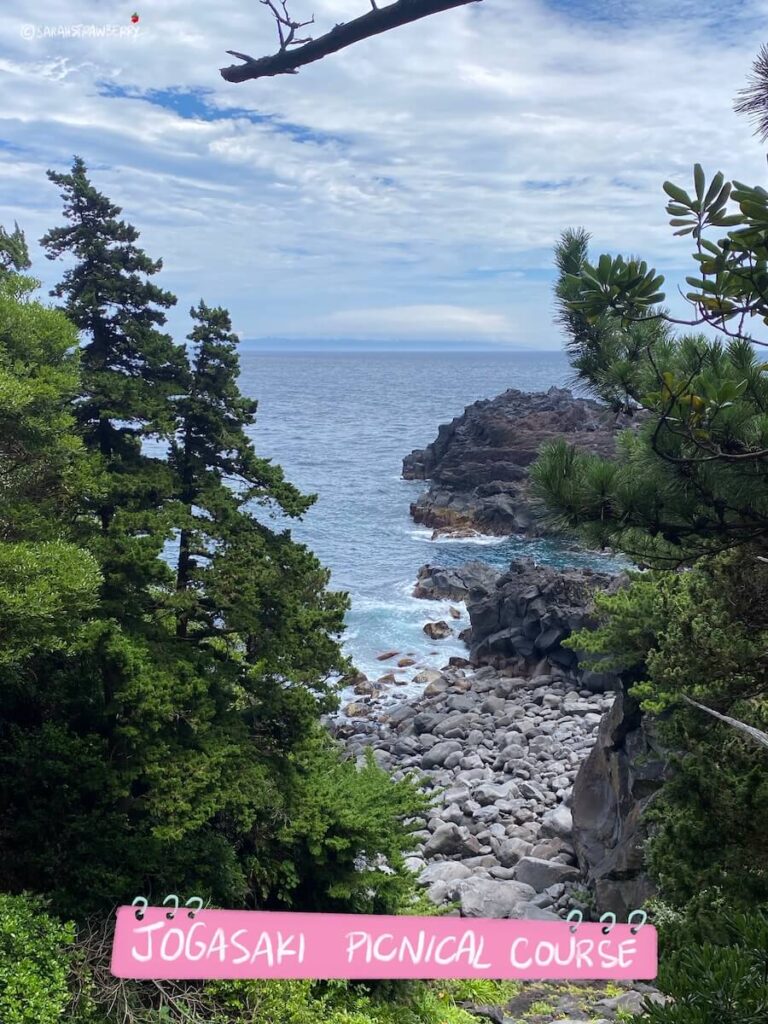
Distance: 3.2 km
Elevation: Mostly flat
Trailhead: Boranaya restaurant
The Picnical trail is the first part of the Jogasaki Kaigan Trail, and it starts from the trailhead at the Boranaya Restaurant. It has stunning views of the rocky coastline and Jurassic Park-like vibes with all the dark jagged cliffs. There are public restrooms available by the parking lot! This is where you can park for ¥500, which covers the whole day.
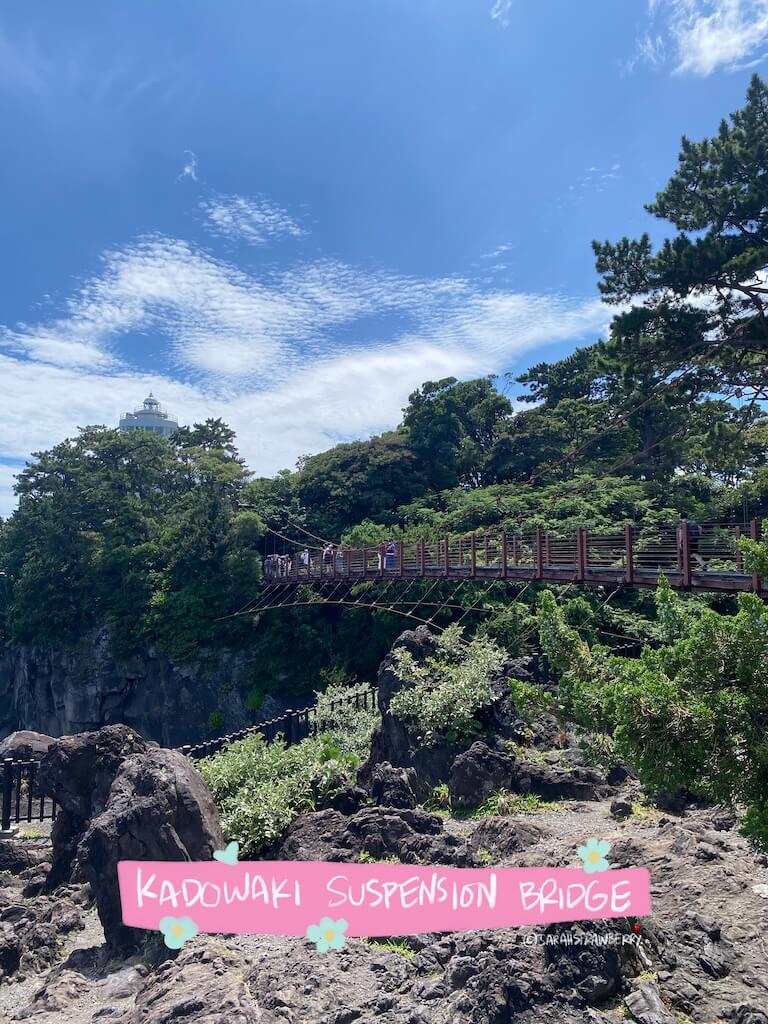
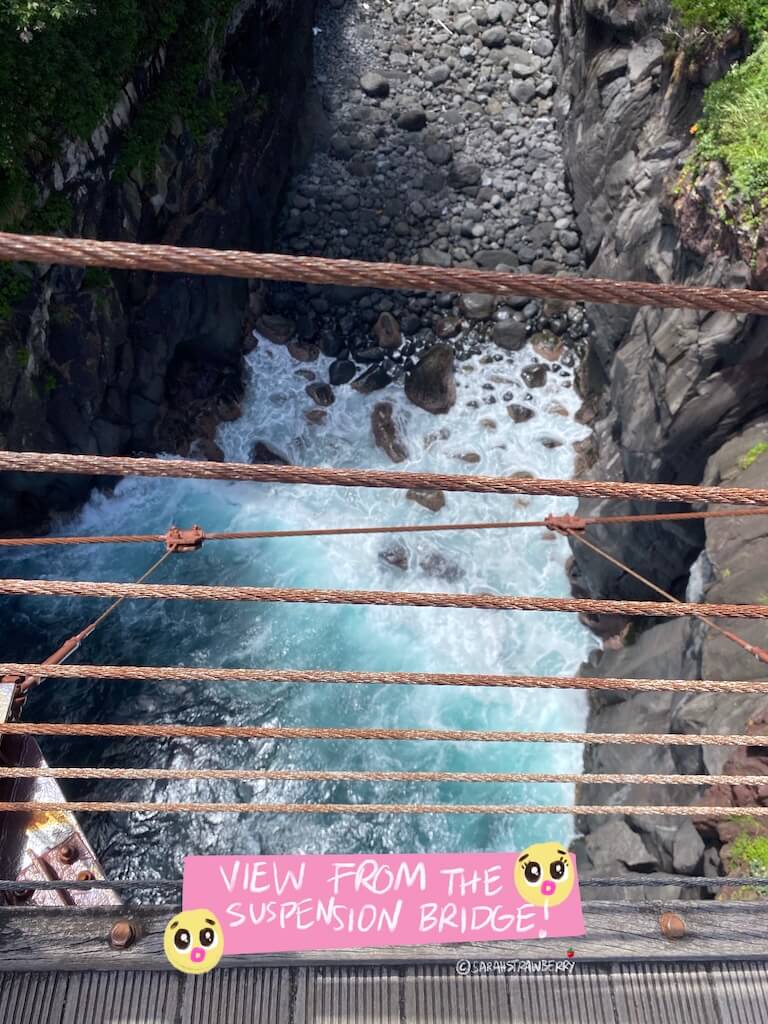
From the trailhead, you can walk to the Kadowaki Suspension Bridge in 15 minutes or so. The suspension bridge stands 48 meters over the blue waters, and is 23 meters long. Many choose to take pictures on the cliffs right by the bridge, but sadly our tripod fell victim to the strong winds here.
A few meters ahead of the suspension bridge, you can climb up the lighthouse and buy snacks and souvenirs at the shop. They sell soft serve ice cream! The Kadowaki Lighthouse is free to enter, and a wonderful view of the capes ahead.
Jogasaki Nature Study Course
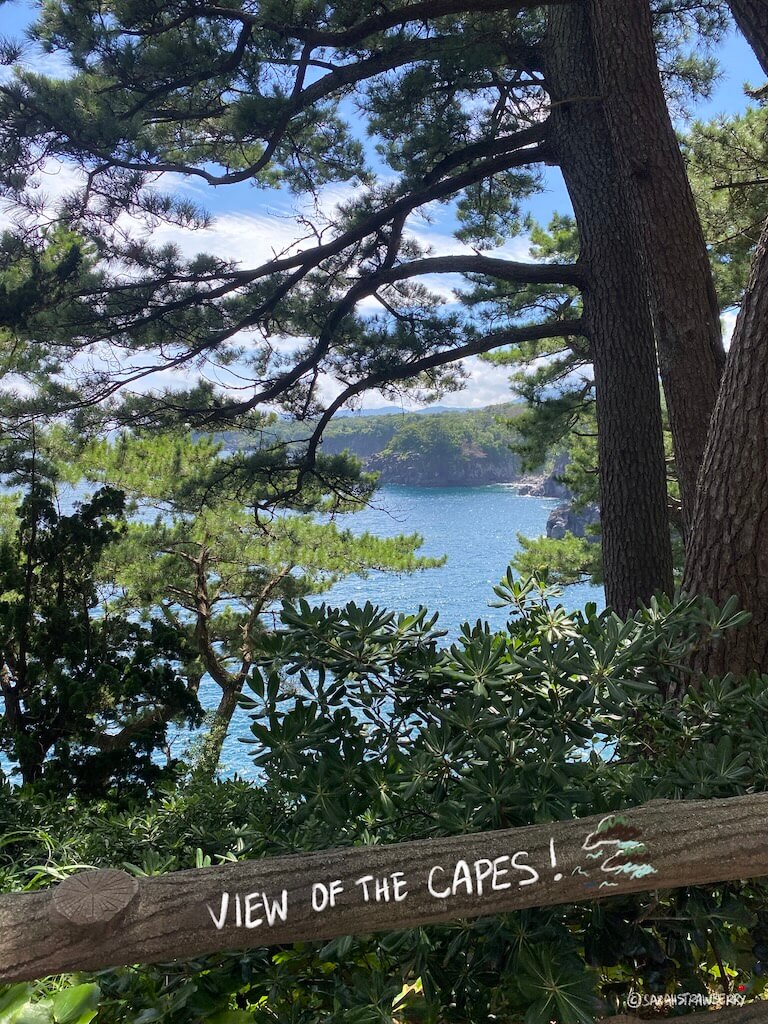
Distance: 4.8 km
Elevation: Mostly flat
Trailhead: South of Cape Kadowaki
Passing by the Kadowaki Cape, you’ll be right at the trailhead for Jogasaki Nature Study Course. Continuing through the trail, you’ll pass by the New York Lamp Museum & Flower Garden, where you need to buy tickets for entry. There are vending machines for some (thankfully icy COLD!) drinks and some food and drink stalls in this location. Around 25 minutes in from the lighthouse, you’ll find the Renchaku-ji Temple.
This part of the hike is 4.8 kilometres in length, ending at the Tajima Falls, where the waterfall flows directly into the open Pacific Ocean. It is an unmissable reward for hikers who have reached the end of the trail.
From the waterfalls, walk 17 minutes to the Izu-Kogen Station to catch the train back to Tokyo. Do check the train schedule, as the trains do not come as frequent as in the city.
My Experience
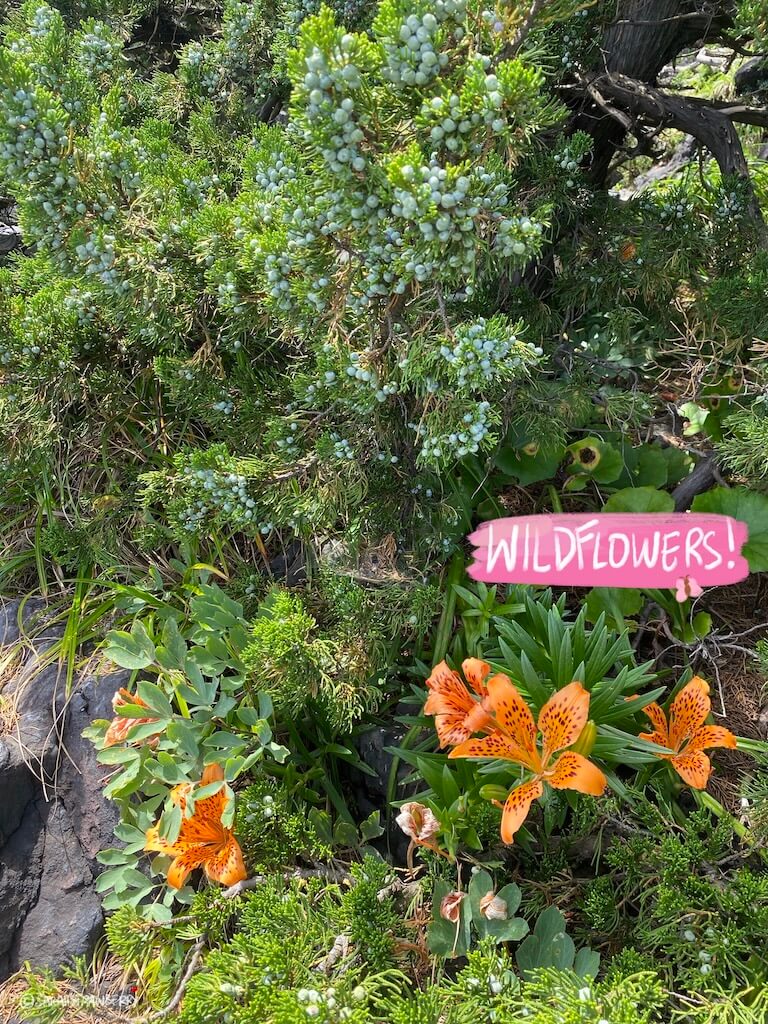
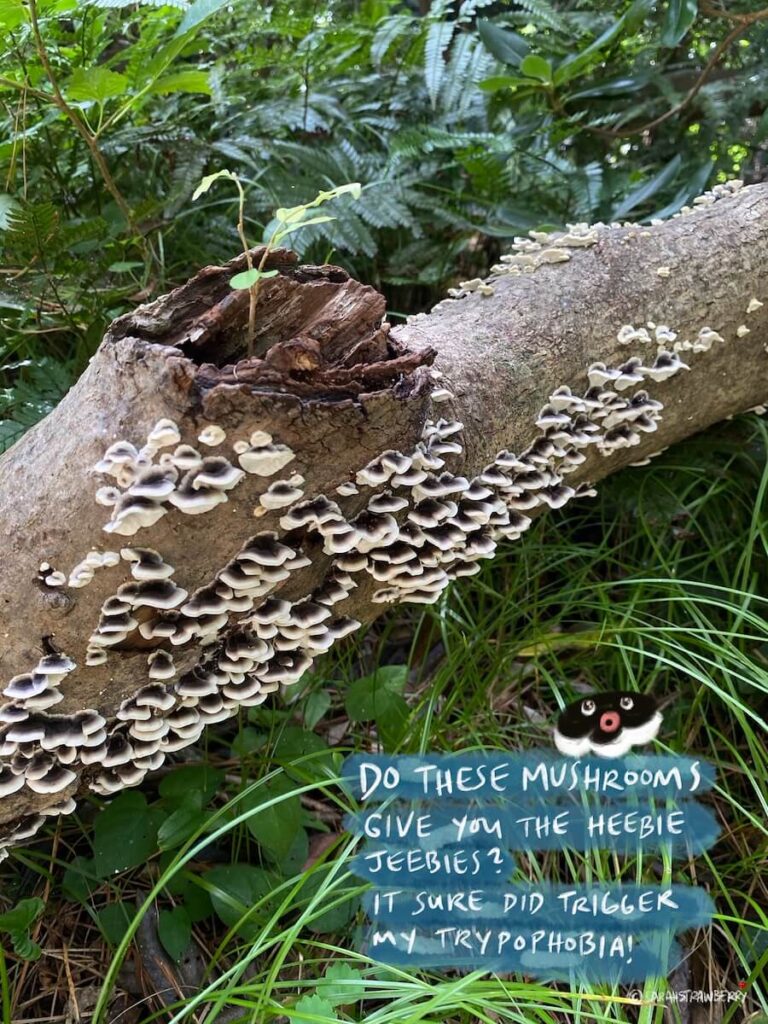
Due to the overwhelming Japan summer heat, we chose to hike until the New York Lamp Museum and catch a bus back to the Jogasaki Kaigan Station. Though it would have been awesome to see the Tajima-no-taki Waterfall, the temperature was really overwhelming at that point! Next time we visit, we will hike til the end for sure 💪
Point of Attractions in Jogasaki
Kadowaki Suspension Bridge (門脇つり橋)
The 23 meter-long suspension bridge is a main attraction for visitors. It is a great viewpoint for the islands surrounding the cape, and a great place place to take photos as well.
Kadowaki Lighthouse (門脇埼灯台)
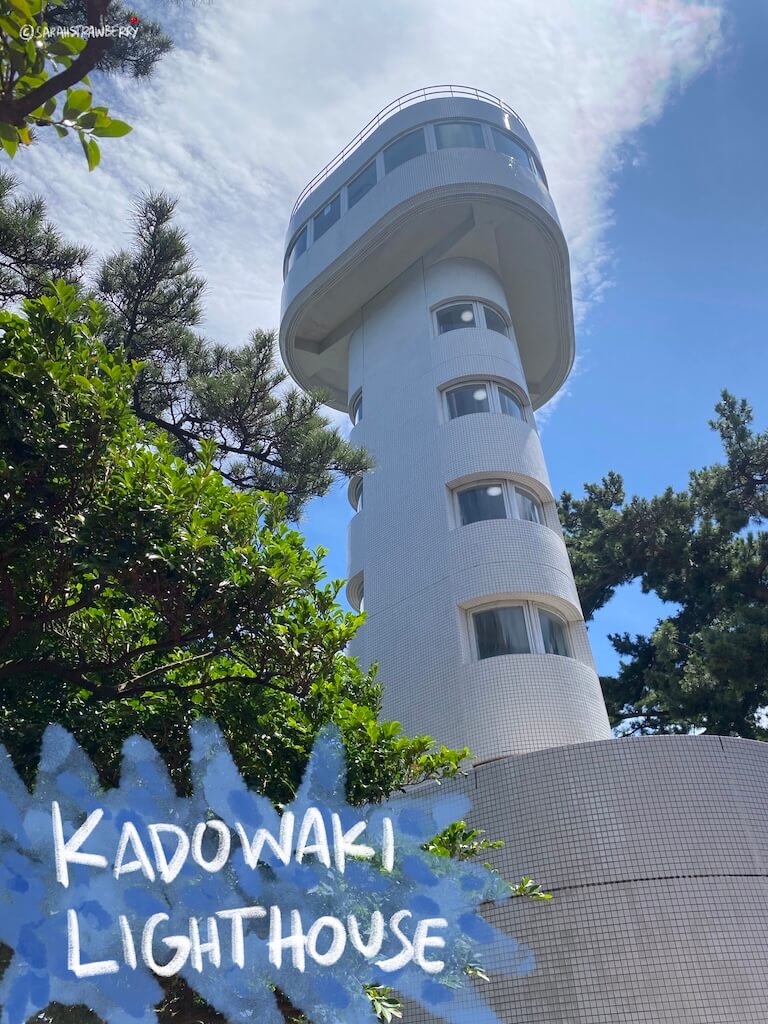
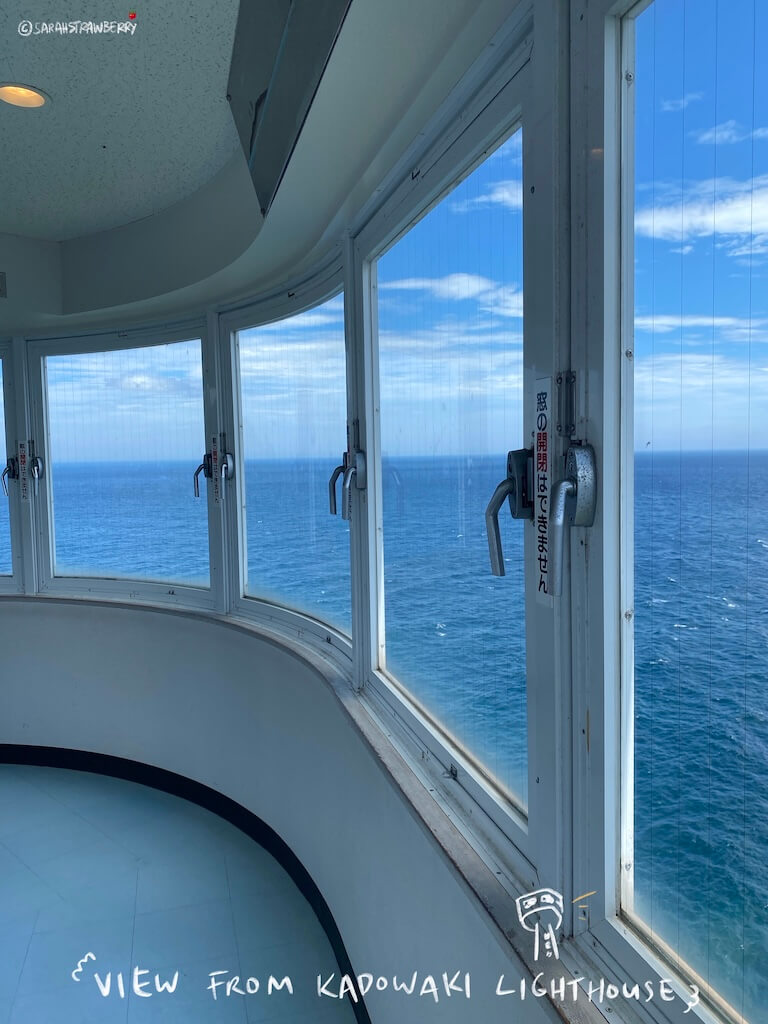
The 24.9 meter tall lighthouse is a great lookout view of the Izu coast. There is a souvenir shop and a food stall below to quench your thirst and hunger (and shopping addiction)! The lighthouse closes at 4 pm, so plan your schedule accordingly. It is free to climb up the lighthouse.
Tajima-no-taki Waterfall
The Tajima Fall is a waterfall that flows right into the ocean, at the end of the Nature Study Course trail. After finishing the hike, walk 2 minutes to find a set of wooden staircase leading right up to the waterfall observation deck. The amount of water depends on the rain- so the water flow can get smaller when it is dry.
Oyodo-koyodo Tide Pools
This tide pool is only a short walk away from the Tajima Fall. It is a natural swimming pool right by the ocean, filled with clear seawater. You can go snorkeling and swim with the many fishes living in the pool!
Futo Harbor
Historically, this area is famous for its “mullet watch houses”, where groups gather to watch out for mullets out in the sea. Once they spot the schools of fish, they will ready their boats to sail towards this prized catch.
Renchaki-ji Buddhist Temple
This quiet Buddhist temple is a significant site for Nichiren Buddhism followers, as it commemorates Nichiren Daishonin‘s exile to Izu. It is said that he was left on top of a rock, surrounded by crashing waves of the ocean. This rock still exists at the temple grounds.
It is a worthwhile site to visit, as the classic Japanese woodwork beautifully integrates with its seaside surroundings.
New York Lamp Museum & Flower Garden
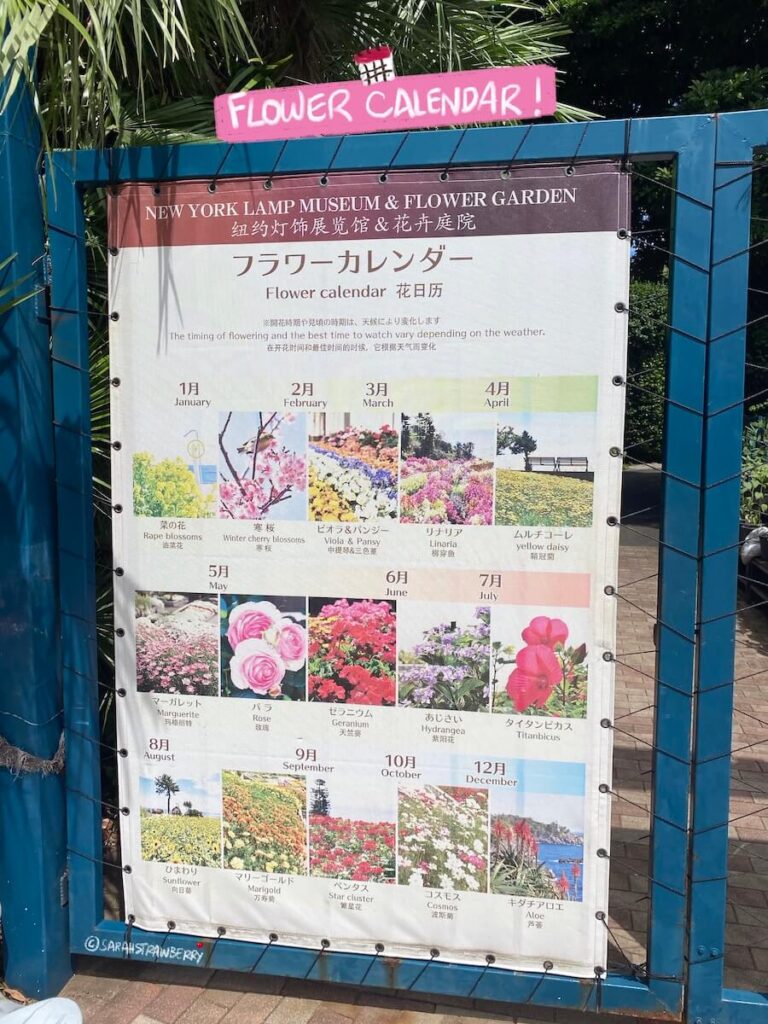
This curiously named place IS both a museum for antique Tiffany lamps and a vast flower garden! Do check their schedule to see what flowers are in season. The admission fee is ¥1,500 for weekdays and ¥1,600 for weekends and public holidays. Parking is free for museum visitors.
Getting There
Admission Fees
The hiking trail is free to access, but the paid parking lot costs ¥500.
Jogasaki By Train
Before you ride the train in Japan, read the train travel survival guide!
Routes
There are two possible routes at different price points. Note that there are paid lockers available at Jogasaki Kaigan Station, where you can safely leave your belongings.
Route 1: From the Tokyo Station, you can ride the Tokaido Line train and transfer to the JR Ito Line train at the Atami Station. You will reach the Jogasaki-Kaigan Station. If you decide to go on the hiking trail, you can head back from the izu-Kōgen Station.
Route 2: From Tokyo Station, take the Shinkansen to Atami Station. Change to the Izu-Kyuko Line train and ride to the Jogasaki-Kaigan Station.
Duration: This trip takes 2 hours 40 minutes
Train Cost: It costs around ¥2,900 one way at this time of writing. You can conveniently use your IC Card (Suica, Pasmo, ICOCA) to make this train trip.
Jogasaki By Car
Duration: From Tokyo Station, you can reach the beginning of the Picnical Trail (Boranaya Restaurant) in around 2.5 – 4 hours.
Parking area: There is a paid parking lot right by the Boranaya Restaurant, which costs ¥500 for the entire day. There are public restrooms available right by the parking lot as well. You can take the bus to go back to the parking lot after hiking.
Check out more articles about Japan travel, a day trip to meet the bowing deers of Nara, visiting tea museum in Uji, and tea ceremonies in Kyoto. 🍵
Pin It!
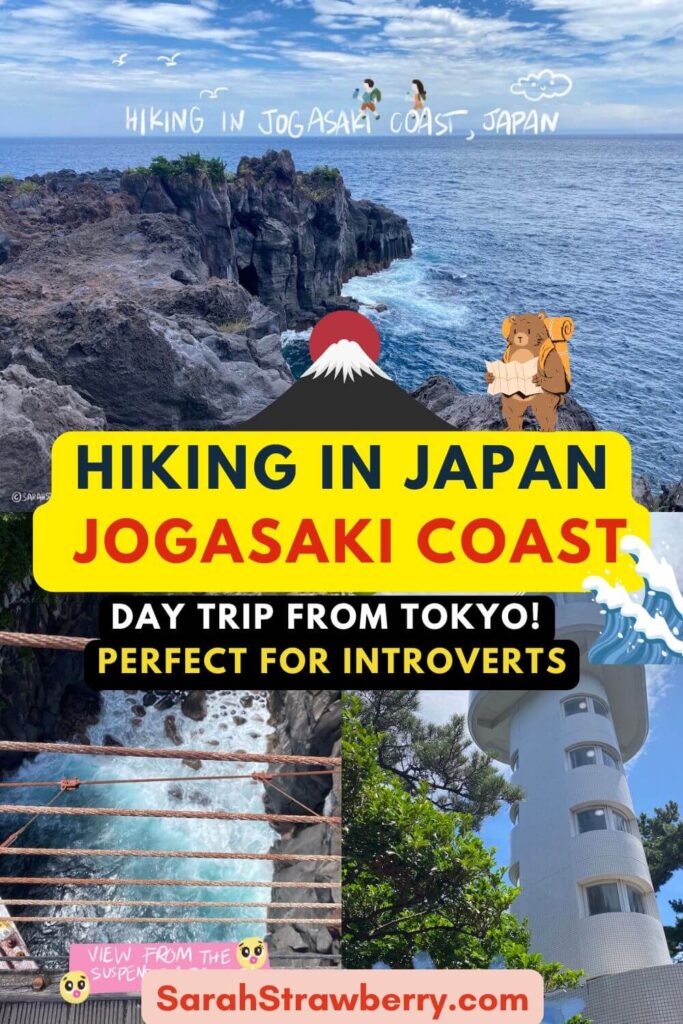

2 comments on “Hiking for Introverts: Day Trip to Jogasaki Coast in Japan”